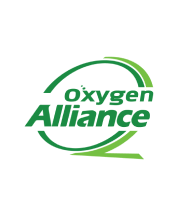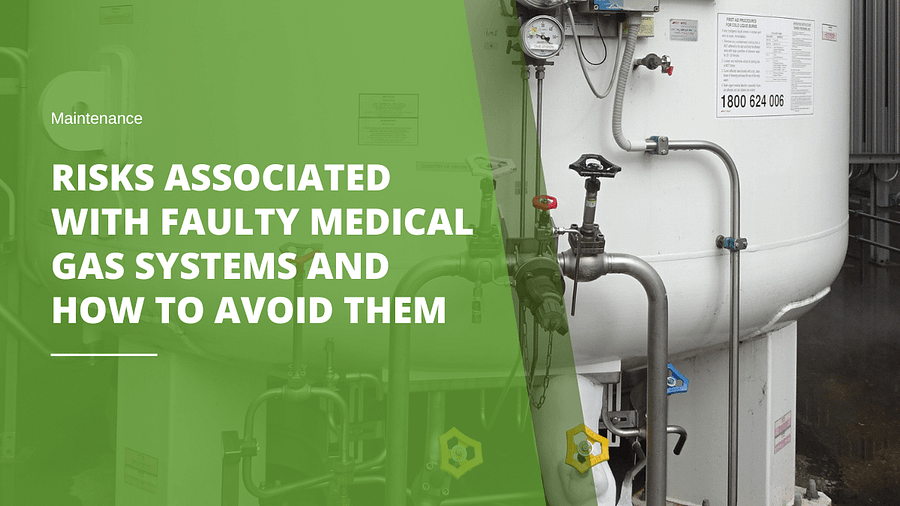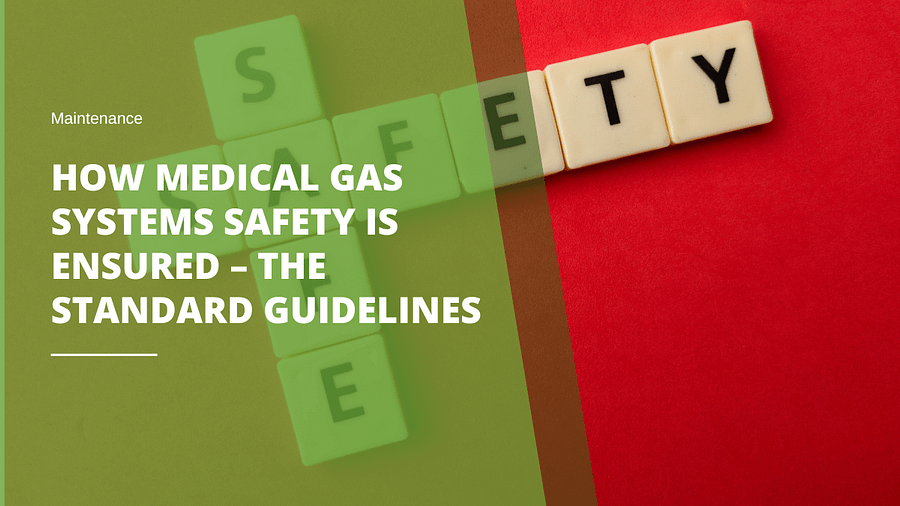The The Lancet Group Commission’s integrative recommendations spanning infrastructure investment, workforce training, and integration of medical oxygen into national health strategies align with the Oxygen Alliance‘s mission to ensure universal access through advocacy, capacity building, and sustainable solutions.
Key Findings and Alignment
The Commission reports that over 5 billion people lack access to safe and affordable medical oxygen services, with the largest inequities concentrated in low and middle-income countries (LMICs).
The Oxygen Alliance’s mission aligns with the Commission’s findings in several key areas:
Investment in Sustainable Oxygen Systems
Up to 70% of existing oxygen equipment could be revitalized through basic maintenance and repair, saving 60%-80% compared to purchasing new equipment. Our webinars and training programs empower healthcare providers to ensure reliable oxygen delivery.
Data-Driven Solutions
The Oxygen Alliance supports governments with tools like situational analyses and scorecards to track progress in achieving equitable oxygen access, addressing the report’s emphasis on accurate data for effective planning and monitoring.
Capacity Building
Our training initiatives equip healthcare workers with skills to operate and maintain oxygen equipment effectively. This is crucial in regions with less than WHO recommended 1 biomedical technician per 100 beds, where over 40% of oxygen concentrators malfunction prematurely due to inadequate maintenance and poor training.
Advocacy for Integrative Approaches to Oxygen Systems
We advocate for medical oxygen as a core component of integrated health systems rather than a standalone commodity, aligning with the Commission’s vision of integrating oxygen into health infrastructure and pandemic preparedness frameworks. The economic case is compelling, with $6.8 billion required annually to provide oxygen to all in need yields healthy returns at just $59 per healthy life saved, making it one of the most cost-effective health interventions.
The Oxygen Alliance believes that equitable access to medical oxygen is not just a healthcare priority but a matter of justice. We call on all governments, donors, and implementing partners to act on the Commission’s recommendations, to ensure increased investment in local capacity for equipment maintenance and repair, extending the lifespan of oxygen infrastructure—often reduced from 5-10 years to under 2 years due to inadequate maintenance—while building a resilient integrated system for patients today and in the future.
For more information about our initiatives or to partner with us in advancing oxygen equity, please visit www.oxygenalliance.org or contact info@oxygenalliance.org.






